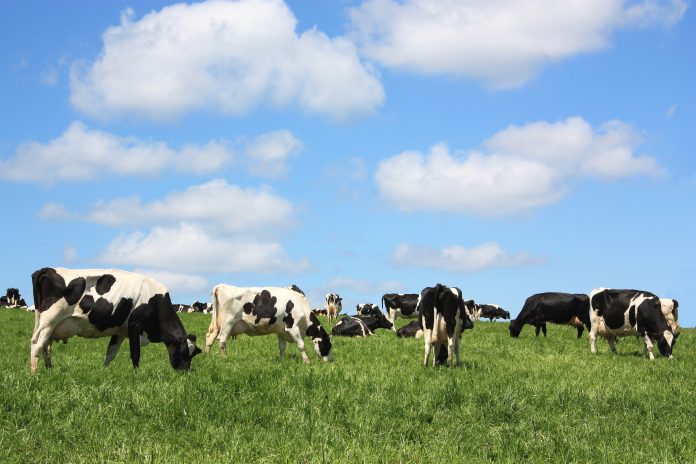Global methane emissions have reached the highest levels on record caused by coal mining, oil and natural gas production, cattle and sheep ranching, and landfill
Between 2000 and 2017, levels of the potent greenhouse gas increased substantially, causing climate models to suggest a 3-4 degrees C of warming before the end of this century. This is a dangerous temperature threshold at which scientists warn that natural disasters and social disruptions such as mass migrations become almost commonplace.
Research, by the Global Carbon Project, an initiative led by Stanford University scientist Rob Jackson found that the Earth’s atmosphere has absorbed nearly 600 million tons of methane over a 100-year period.
Methane is 28 times more powerful than carbon dioxide at trapping heat and over half of global methane emissions now come from human activities. Annual methane emissions are up 9% (50 million tons) per year, from the early 2000s, when methane concentrations in the atmosphere were relatively stable.
This increase in global methane emissions is the same as putting 350 million more cars on the road.
Increasing sources of methane
Globally, fossil fuel sources and cows are twin engines powering methane’s upward climb. “Emissions from cattle and other ruminants are almost as large as those from the fossil fuel industry for methane,” Jackson said. “People joke about burping cows without realizing how big the source really is.”
The study showed that from 2000-2017 agriculture accounted for roughly two-thirds of all methane emissions related to human activities and fossil fuels made up the remaining third.
Global methane emissions from agriculture rose to 227 million tons in 2017, up nearly 11% from the 2000-2006 average. Methane from fossil fuel production reached 108 million tons in 2017, up nearly 15% from the earlier period.
During the COVID-19 outbreak, carbon emissions have plummeted due to the halt in manufacturing and transportation. Jackson explained: “There’s no chance that methane emissions dropped as much as carbon dioxide emissions because of the virus. We’re still heating our homes and buildings, and agriculture keeps growing.”
Distribution around the globe
Methane emissions rose most sharply in developing countries in Africa, the Middle East and South Asia. Some of these three regions experienced increased emissions by an estimated 10 to 15 million tons per year. The US had increasing methane emissions by 4.5 million tons, stemming from more natural gas drilling, distribution and consumption.
“Natural gas use is rising quickly here in the U.S. and globally,” Jackson said. “It’s offsetting coal in the electricity sector and reducing carbon dioxide emissions, but increasing methane emissions in that sector.”
Europe is the only region which has experienced a decrease in methane emissions over the last two decades. This can be attributed to reducing emissions from chemical manufacturing and growing food more efficiently. People are also eating less beef and more poultry and fish.
Although fears that Arctic melting may cause a burst of methane to be released from thawing permafrost, researchers found no evidence for increasing methane emissions in the Arctic, at least through 2017.
Possible solutions
Reducing global methane emissions will require the reduction of fossil fuel use and controlling emission leaks. We will also need to address the way in which we feed cattle, grow rice and eat.
Feed supplements such as algae may help to reduce methane burps from cows, and rice farming can transition away from permanent waterlogging that maximizes methane production in low-oxygen environments. Aircraft, drones and satellites show promise for monitoring methane from oil and gas wells.











